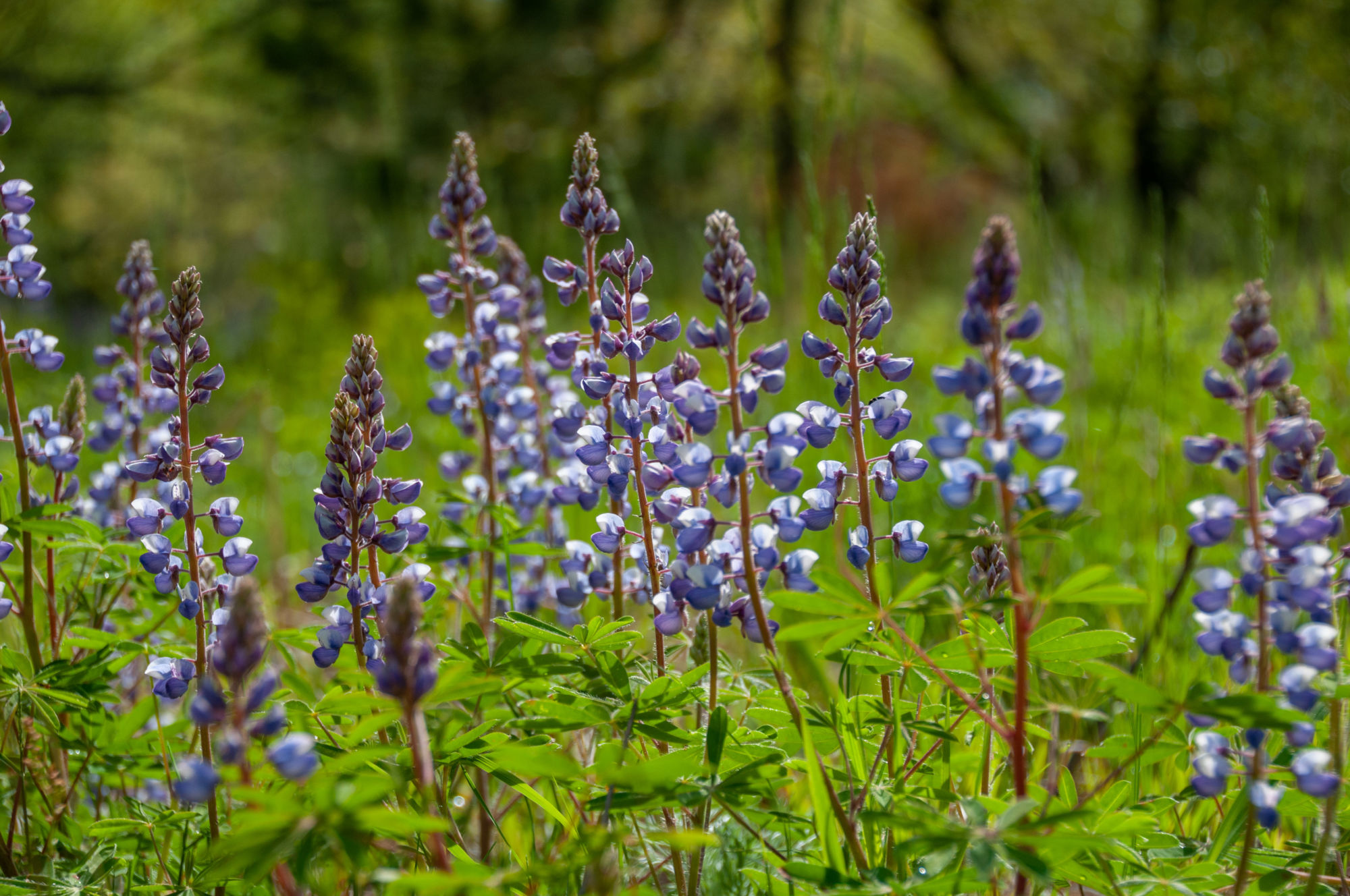
4 Eerie parasitic plants and where to find them
Happy Halloween! It’s that special time of year when we spend unusual amounts of time thinking about ghosts, goblins, skeletons, spiders, and creepy things in general. We here at the Land Conservancy are no exception: Lately I’ve been thinking about parasites.
What’s a parasite, exactly? In short, it’s a creature that lives on or in another organism, on which it feeds. Lampreys, leeches, ticks, and tapeworms are all good examples. But while those unsavory representatives from the animal kingdom garner more attention, parasitism is a common feature of the plant world as well.
But why would a plant be a parasite? Photosynthesis (the process plants use to turn sunlight into food) takes a lot of energy, and parasites are lazy. They’ve hacked the system, opting to suck food from their host rather than make their own. And since they don’t need sunlight to grow, they have free reign of dimly-lit habitats – like the floors of dense forests – where few other plants can survive.
Here’s a photo tour of a few plant parasites found right here in West Michigan.
Epifagus virginiana
Beech-drops (Epifagus virginiana) is one of the most familiar plant parasites of our woods. You can find it growing at Minnie Skwarek and other forests with abundant American beech, its only host plant. Since parasitic plants don’t photosynthesize, they don’t bother making chlorophyll, which leaves them a pale white, tan, or yellow.
Monotropa uniflora
Indian pipe (Monotropa uniflora) is one of the most unique parasites in our area. Rather than feeding directly on other plants, it feeds on a kind of fungi that itself feeds on certain kinds of trees. (The relationship between the fungi and the trees is technically mycorrhizal, not parasitic – but that’s a topic for another time). Look for Indian pipe at Anderson Woods, Dune Pines, Lake Breeze and other nature preserves with mature forests.
Dodders
Dodders wrap themselves around plants, and if the plant contains food beneficial to the dodder, the dodder produces root-like structures that insert themselves into the plant. Our most common species of dodder (Cuscuta gronovii) lives in wetlands. Other species are very rare and live in upland habitats, like this one feeding on grasses, hawkweed, and raspberry in an oak savanna near Rockford.
Aureolaria flava
What’s this? A green parasite? That’s right! Smooth false foxglove (Aureolaria flava) is a hemi-parasite, meaning that it makes some of its own food through photosynthesis. It supplements the rest by parasitizing the roots of oak trees. Sipping a little energy from the roots doesn’t hurt the oaks, and smooth false foxglove is actually an indicator of high-quality oak savanna habitats. In fact, we often plant the seeds of this and a closely related species in some of our oak savanna restoration areas.
Keep an eye out for these spooky plants on your adventures, and have a safe Halloween!








